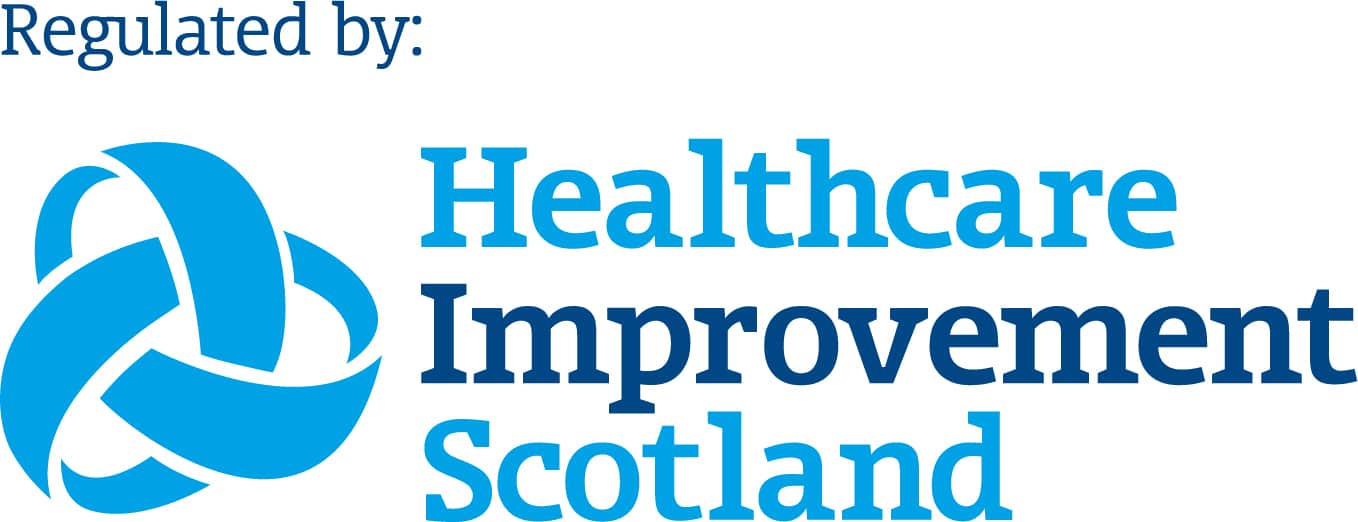 Osteoporosis: an overview
Osteoporosis: an overview
Osteoporosis can be simply be considered as “porous” or thin bones, leading to fragility fractures. However fragility fractures can occur in those without osteoporosis and further testing is often indicated. If a fracture has not yet occurred osteoporosis can be medically diagnosed by measuring bone mineral density by DEXA scanning just as we diagnose hypertension by measuring blood pressure.
Rather like high blood pressure, osteoporosis does not usually cause symptoms – but it makes bones fracture or break much more easily even after a minor injury. The fractures related to osteoporosis most commonly occur in the shoulder, forearm, hip and back or spine. Spine fractures can occur silently and are the most frequent reason for older women and sometimes men losing height and becoming bent as they age the so called “dowager’s hump”.
In the UK, 1 in 2 women and 1 in 5 men over 50 will suffer one of these fractures which could be related to osteoporosis.
What does osteoporosis treatment look like today?
Fractures are common in older age but the good news is that many can be prevented by treating the underlying osteoporosis.
While lifestyle advice including doing weight bearing exercise such as walking, jogging or lifting, taking a good diet rich in calcium and ensuring adequate vitamin D may slow the bone loss that occurs with age such measures alone have not been shown to prevent fractures.
However, drug treatments have been shown in very large clinical trials to reduce the occurrence of fractures especially in those at high risk. The licensed treatment options can be divided into two categories:
- those which reduce bone loss rate by dampening down the cells (osteoclasts) that cause bone breakdown or resorption
- those which build new bone by stimulating the cells (osteoblasts) that cause bone formation
Reducing bone loss
Drugs which reduce bone breakdown rates include:
- hormone replacement therapy (HRT)
- bisphosphonates, such as alendronic acid or Fosamax®️, can be given by mouth or by a drip
More recently, a different type of drug to reduce bone loss called denosumab or Prolia® has become available. It is an anti-RANKL antibody which can be injected under the skin just once every six months.
Building new bone
There is currently only one bone forming or anabolic drug licensed in the UK and that is teriparatide or Forsteo®. This is synthetically produced and is part of a naturally occurring hormone called PTH or parathyroid hormone.
It cannot be given by mouth and must be injected daily by the patient under the skin every day for up to two years. It is also complex to manufacture and consequently expensive, making its use in the NHS very restricted.
However it is very effective at reducing spine fractures in particular – and new generic versions of the drug and slight variants may be marketed in the UK in the next year or two.
What treatments are on the horizon?
A new bone-forming monoclonal antibody treatment which works in a different way, romosozumab or Evenity®, may be the next new therapy for osteoporosis.
Romosozumab is an anti-sclerostin antibody; it is given as monthly 210 mg subcutaneous (SC) injections, for one-year, and needs to be followed by anti-resorptive therapy.
By inhibiting sclerostin which is the natural brake for bone formation romosozumab leads to an increase in bone formation and it also reduces bone resorption, that has a dual effect.
How does romosozumab differ from other medications?
Basically, it works faster and is more effective in increasing bone density than the drugs currently available; this results in rapid reduction in fracture risk within 12 months.
At the moment, patients who take a bisphosphonate need to wait about two years before repeating treatment to see if it has had a significant effect on bone density. With romosozumab, the much greater increases in bone density should allow us to run an initial scan after just six months and fully assess the effects by the end of the year. To maintain the benefit, patients can then start taking a drug to reduce bone resorption.
When will romosozumab be available?
If all goes according to plan the drug should be available on prescription in the UK early in 2019 although it may be up to a year later before it is approved by NICE. The treatment is expected to be for post-menopausal women and men with osteoporosis at high risk of fracture
However to quote the old proverb “there’s many a slip ‘twixt the cup and the lip”. While the drug was generally well tolerated in the three large published studies, in one study more cases of heart attacks and stroke were noted in the group of patients taking romosozumab compared to those taking alendronic acid which was not observed in the other large trial against placebo.
It remains to be seen how the European Medicines Agency and the Federal Drugs Administration in the USA interpret these results and what, if any, restriction are placed on the use of the treatment.
If you would like to discuss Osteoporosis or its treatments for you or a member of your family, Please get in touch.
Disclosures
David Reid acknowledges receipt of research funding, advisory board honoraria or speaker fees from all of the drug companies marketing drugs mentioned in this article



2 Responses
Good afternoon, I have been diagnosed with osteoporosis with a high risk of fracture having sufferred two fractures of the lower thoracic. Does organization provide the drugs treaments referred to and what is the cost. Thank you, Peter Wormald.
Good afternoon, I have been diagnosed with osteoporosis with a high risk of fracture having sufferred two fractures of the lower thoracic. Does organization provide the drugs treaments referred to and what is the cost?